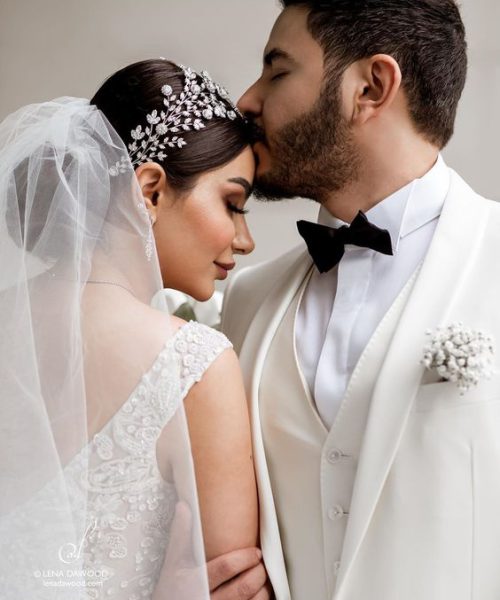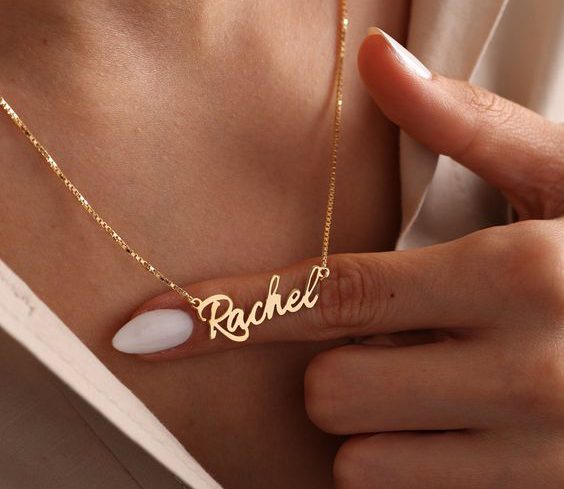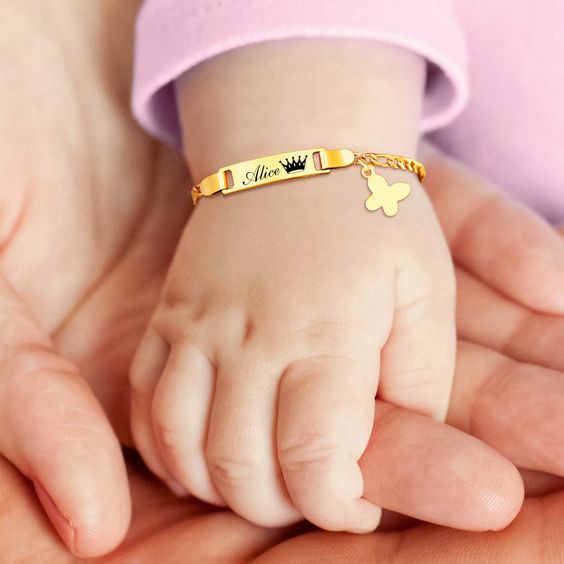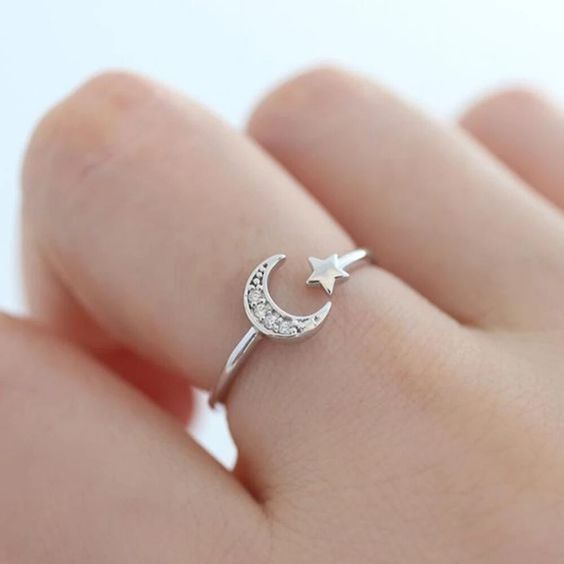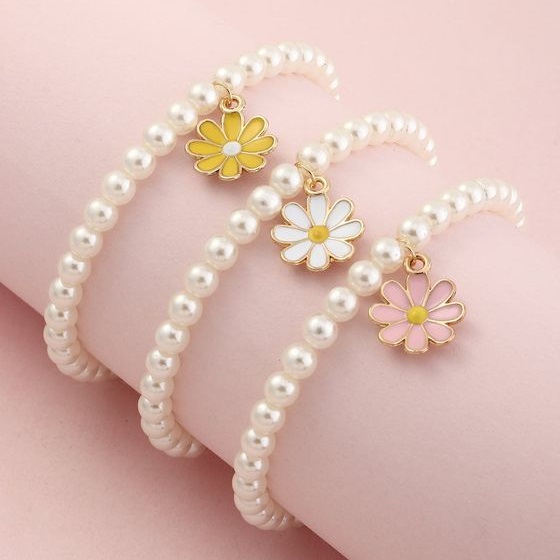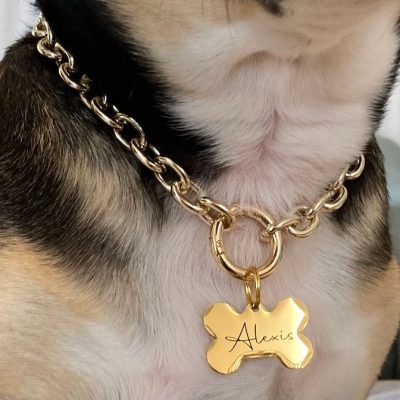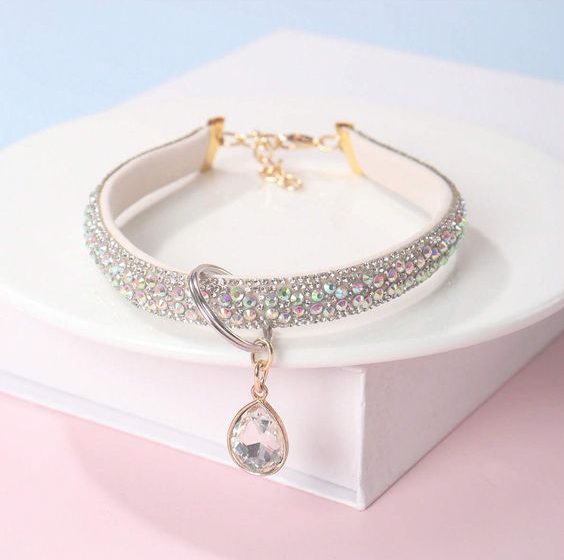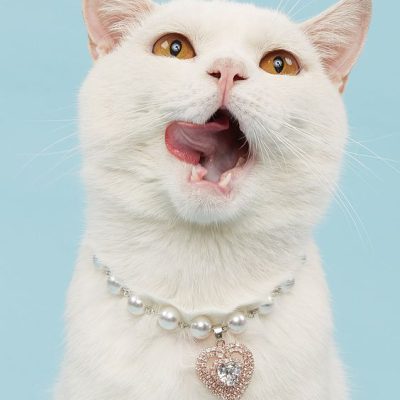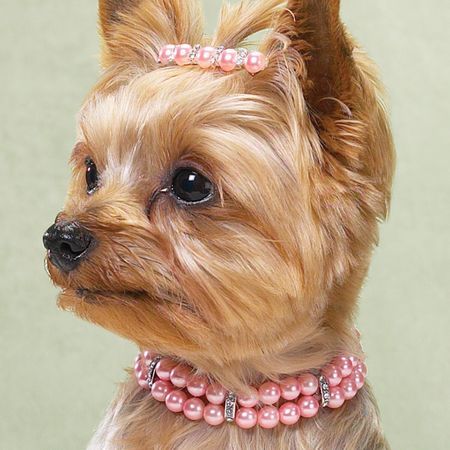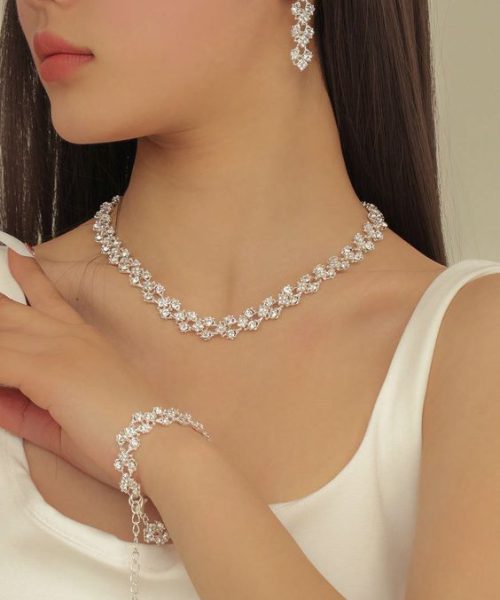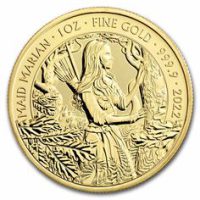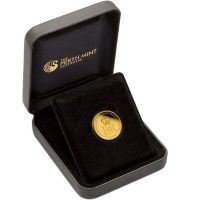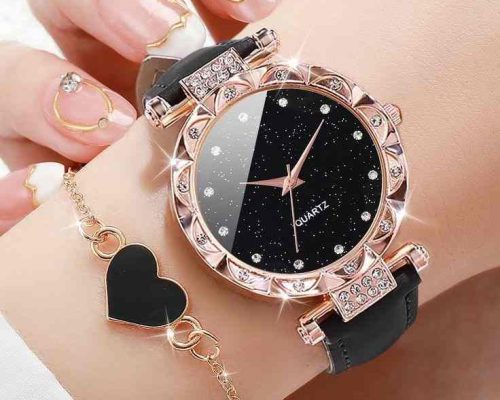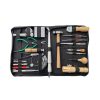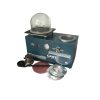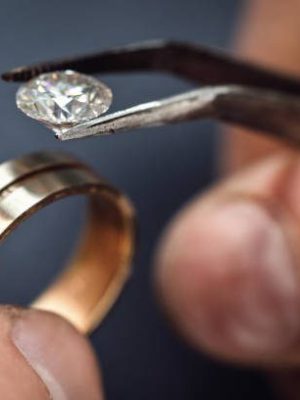
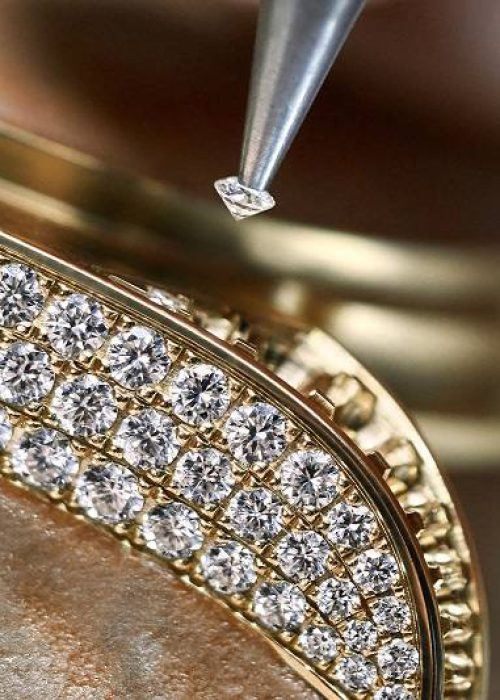

Welcome to our atelier
Diamond Setting & Gem Stone Setting in Leopard Jewelry
Stone setting is such an exciting part of jewellery making! If you need any advice or help, we're always here to help, just get in touch.
So many methods are used for gem stone settings. So we've put together a list of all the different setting types we use.
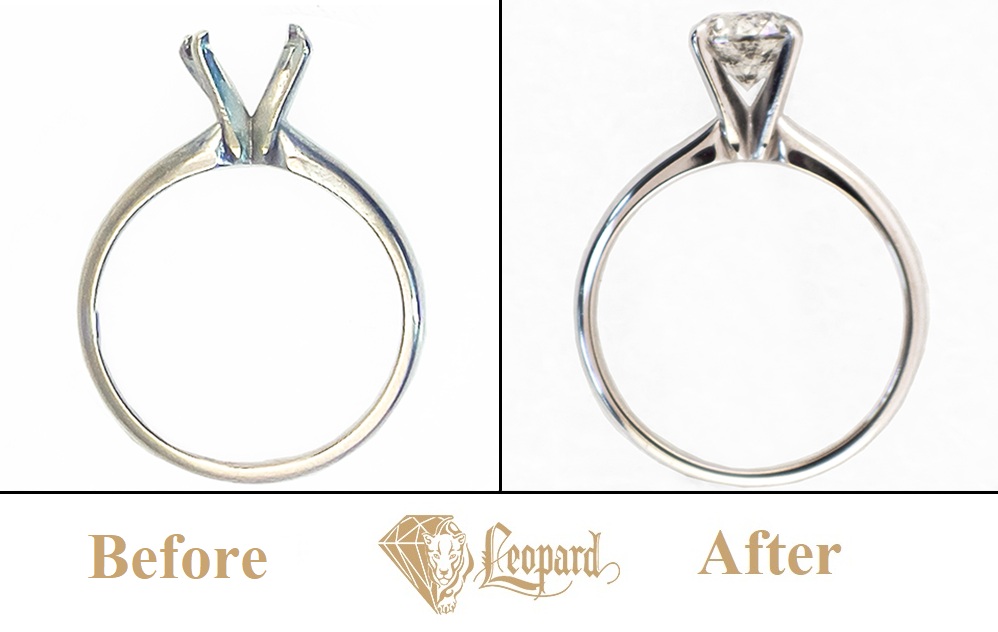
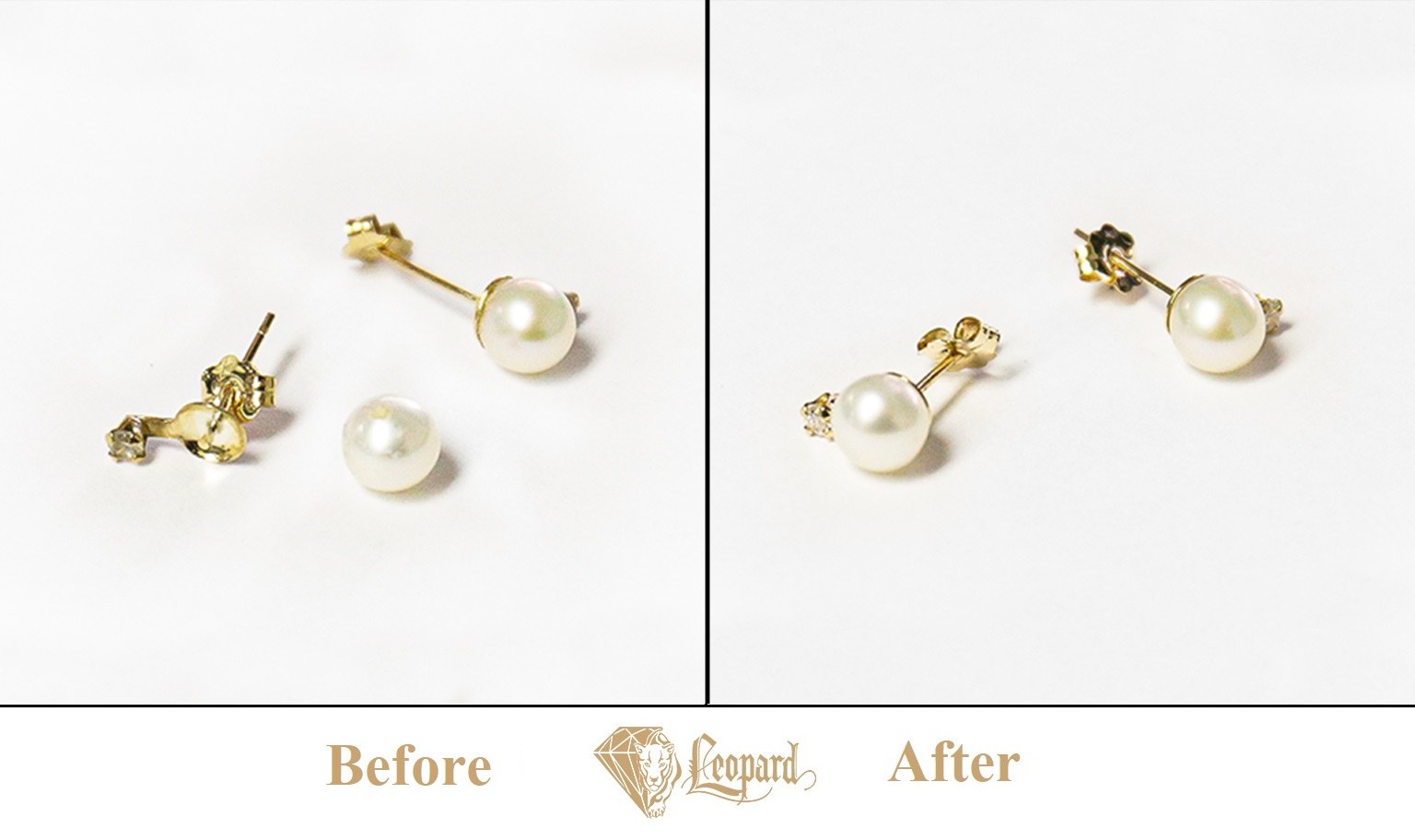
Snaptite Setting
Snaptite settings, available in various shapes and sizes, are designed for faceted stones. They can be used for pendants, earrings, or as loose settings that you can solder onto your own designs or thread onto a cord.
Using these pre-notched, tensioned claws is incredibly simple. First, place the stone face down on a hard surface. Then, position the snaptite setting over the stone and apply gentle pressure from above. The claws will snap into place, securely gripping the stone. It's as easy as that!
To ensure the stone is held securely, we take the extra step of checking the claws. If needed, we gently smooth the claw over the stone with a pusher to prevent any catching on clothing.
Back Set Settings
Backset setting is another easy setting for faceted stones.
Simply slide setting is placed face down, and chosen stone is inserted into the setting (with the pointed side of the stone upwards). A tweezers is used to push the small claws on the setting over the back of the stone and it's set!
These settings are available as pendants (some of which could be used for making drop earrings too) and as earstuds.
Gallery Wire Settings
Gallery wire settings are a favored option for crafting jewelry due to their simplicity and the vast array of design possibilities they offer. Specifically designed for cabochon stones, these settings come in various sizes and styles. With their patterned wire surrounding the edges, they serve as an elegant and ornamental alternative to other types of jewelry settings. The gallery wire setting is utilized to delicately encase and secure the chosen stone by gently pushing the wire over it.
Glue-in Settings
Glue settings are an excellent choice for using with cabochons due to their flat back, which perfectly suits this type of setting.
These settings come in different finishes including flat plate settings, milled edge settings, and petal edge settings.
They are also available in a variety of shapes and sizes, making them suitable for earrings, pendants, pins, rings, and loose settings that can be easily soldered onto your designs.
Wraptite Settings
The Wraptite settings make it incredibly simple to incorporate faceted gemstones into your jewelry designs. These settings securely encase the gemstone with their lightweight wire edge and hold it in place when tightened. The versatile shape of Wraptite settings allows them to be easily added to any jewelry design.
Pre-notched Settings
These settings are excellent for beginners learning claw setting faceted stones. The claws are strong and durable, giving the finished settings a sophisticated appearance. Each claw has pre-notched indentations, making it easy to secure your gemstone in place.
Claw Settings
The claw setting, also referred to as prong setting or basket setting, is a flexible approach to securely holding gemstones in jewelry designs. This method involves using wire to craft a frame that cradles the gemstone, along with the claws or prongs that firmly grip the stone in place.
With its versatility, this technique can be applied to gemstones of various sizes and shapes, making it ideal for irregular cuts and unique shapes. Whether crafting necklaces, earrings, or bracelets, the claw setting can be utilized in countless design possibilities limited only by your imagination.
Bezel Settings
The bezel set is commonly used in men's jewelry and for delicate gemstones. It securely holds the gemstone by encircling it with a metal band that is shaped slightly over the top of the gem's girdle.
The term "bezel" was historically used to refer to the crown of a gem, which includes the facets leading from the girdle to the table. This is why the setting is called a bezel set. Another variation of this setting is the semi-bezel, where the metal band does not fully encircle the gem.
A semi-bezel setting can enhance certain design styles and allows more light to enter the gemstone.
























